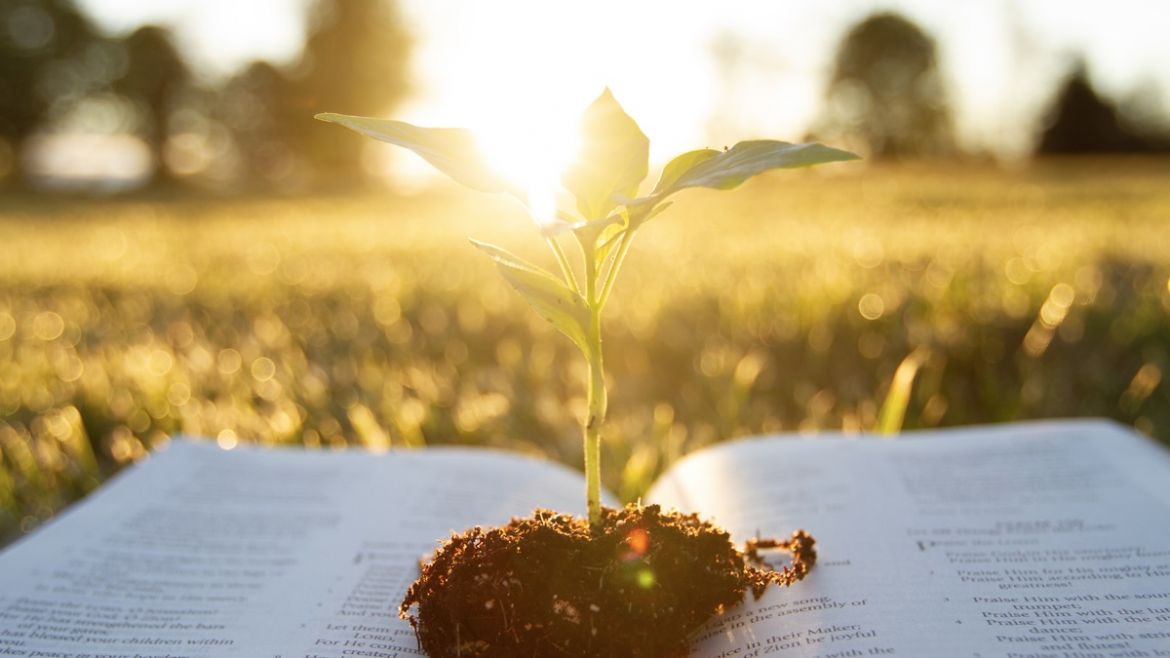There are few places in the world with more varieties of fascinating life than Australia’s Great Barrier Reef. This enormous complex of reefs runs along the northeastern coast of the Land Down Under. Snorkeling there, you can see giant clams with their exposed mantles green with microscopic algae. Schools of colourful fish appear and disappear among the coral. The coral itself is a wonder to behold, a living organism miles long in a rainbow of colors and an endless array of shapes and sizes. Hidden in its depths are colonies of wonderful life-forms and amazing creatures.
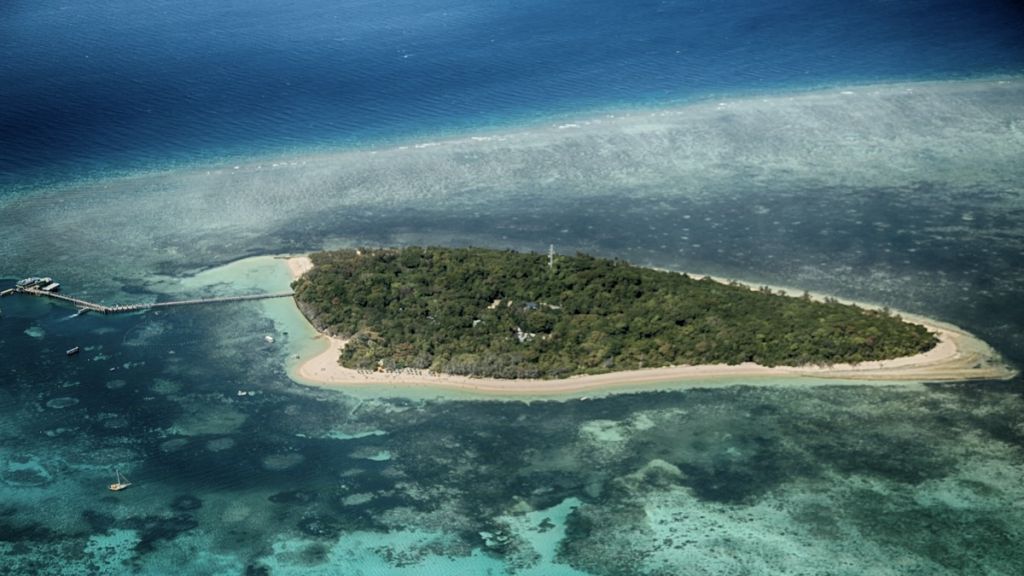
Amazing creatures
What may be even more wondrous are some of the hidden details in the lives of these creatures. The giant clam, for example, has an interesting, mutually beneficial relationship with the tiny, one-celled alga called Symbiodinium. The clam — which really is giant-sized at four feet long and up to five hundred pounds — sits on the ocean floor with its two shells spread apart and its fleshy mantle exposed to sunlight. The algal cells live within the cells of the clam’s mantle, where they produce food by photosynthesis. A single clam may have millions or even billions of algal cells in its tissues. The algae obtain nutrients from the clam, and the clam gets part of its nutrients from food produced by the algae. This is a kind of cooperative relationship in which each partner benefits the other. Together, the giant clam and its algae can live for up to one hundred years.
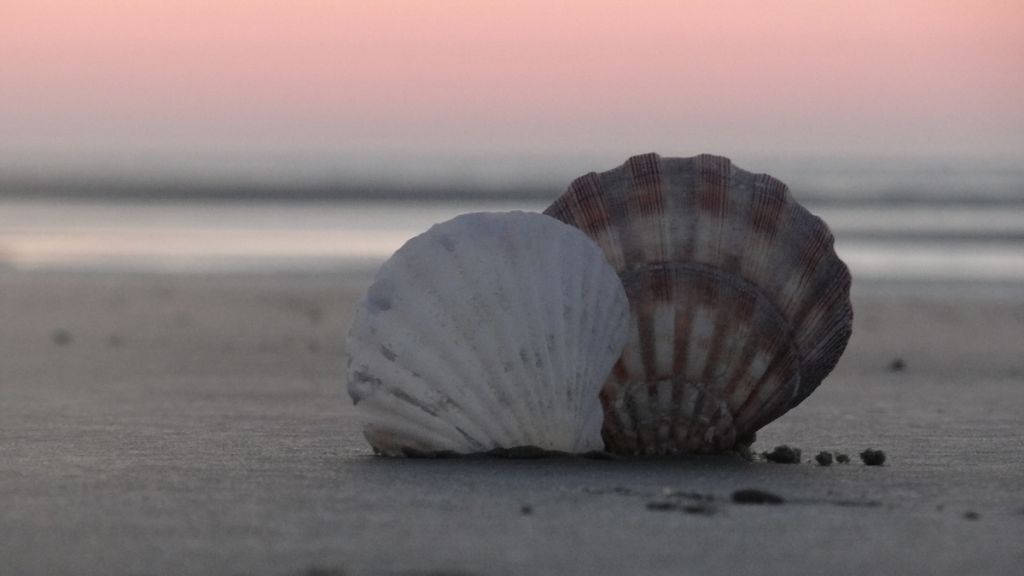
Cooperative relationships are common among living organisms. Some, like the giant clam and the tiny alga, are very specific. In the big picture, all living organisms interact in ways that are mutually beneficial. Plants capture energy from sunlight and use it to convert water and carbon dioxide into food. Oxygen is released in the process. Animals recombine the oxygen and food to release the energy for growth and movement. Carbon dioxide is produced in this process, which is used by the plants to produce food. The cycle continues, and the mutually beneficial interactions among plants and animals make survival possible for a rich diversity of living creatures, including humans.
The palolo worm is another interesting creature that lives in the corals of the Great Barrier Reef, and in many other places in the South Pacific. These worms, which look a little like a flattened earthworm, grow to about a foot in length, and live in tunnels in blocks of coral, where they feed on algae. The palolo worm is best known in Samoa, where it is an important part of the local culture. Each year, at a certain time, the Samoans wade out into the sea to collect the eggs of the palolo worm. This event is so predictable and so significant to the local people that it is used to help set the local calendar.
Scientists have discovered some remarkable facts about these Samoan worms. At the season for breeding, the palolo worms grow a tail that fills with eggs or sperm. During spawning, the tail breaks off and carries the eggs to the surface, where they are fertilized. Nearly all the worms in an area release their eggs together. The precise timing of this behaviour is especially impressive. Spawning begins just seven days after a full moon that occurs between October 8 and November 23. It may be repeated for two or sometimes three days. The peak of swarming is a period of about thirty minutes at high tide, just after midnight. Somehow, the worms can sense when the time is right, and they all produce their eggs at about the same time. So many eggs are produced that the Samoans are able to collect them for food.
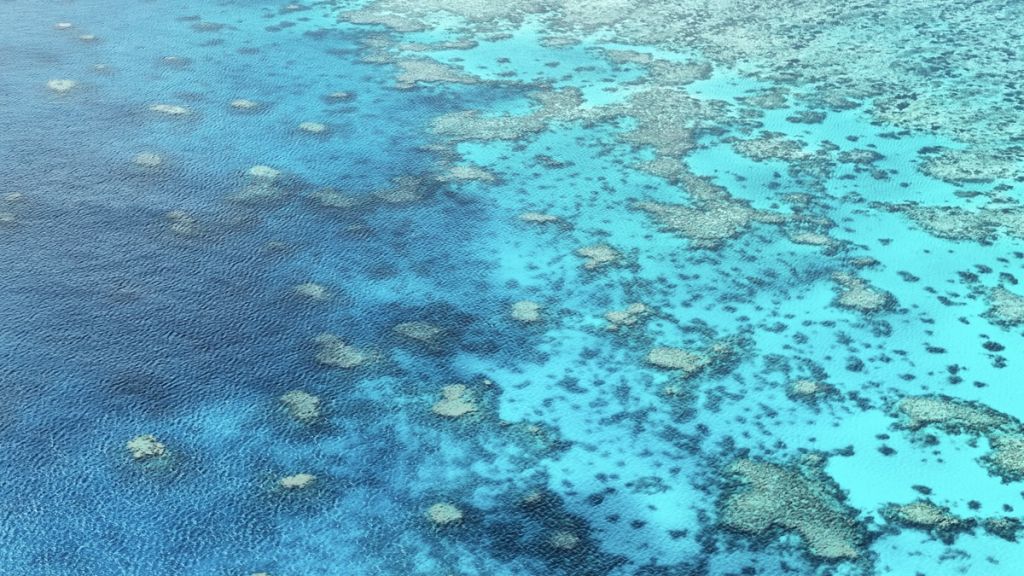
Worms living in other regions may spawn in a different month, but spawning is always rather precisely timed and coordinated. Somehow, these worms are able to coordinate their spawning. Because they all respond to the same signal in their environment, their species survives.
A crow-sized bird known as the Shearwater is another creature that might be spotted along the Great Barrier Reef at certain times of the year. Shearwaters spend their entire life at sea, except for when they are breeding. When breeding, they nest in burrows which they dig for themselves.
Shearwaters are marvelous navigators. They wander freely over the oceans without losing their way. They leave their nesting burrows before dawn and return to them after dark, which means they must be able to find the exact location not just of their island, but their burrow on the island — in the dark. Scientists are not sure exactly how they can do that!
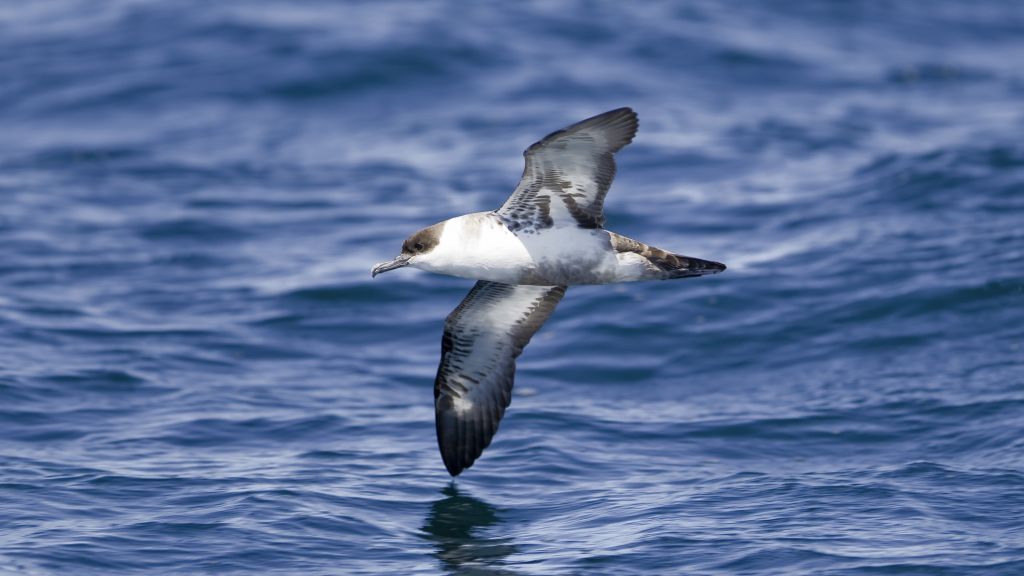
During the day, Shearwaters fly over the ocean, feeding on small fish and squid near the surface of the ocean. The amazing ability of these birds to navigate was tested by an experiment in Great Britain using the Manx Shearwater. Scientists flew a group of Manx Shearwaters from Great Britain to Boston, in the United States, and a second group to Venice, Italy. Both groups of birds returned to their nesting burrows in Great Britain within about two weeks. Shearwaters do not normally fly over land at all, so it was even more remarkable that they could find their way home.
Another species, the Sooty Shearwater, migrates from the Antarctic waters to California, Alaska, and Japan, and returns, a trip of thirty-nine thousand miles. Shearwaters are truly one of the wonders among living creatures.
Many other creatures have the ability to travel for hundreds or even thousands of miles and return to the exact starting place. Pacific salmon are famous for their ability to return to the place where they grew up. Sea turtles may travel thousands of miles between the Caribbean and islands in the Atlantic Ocean. Millions of songbirds migrate annually between North and South America or between Europe and Africa. Their migratory instinct and the ability to keep track of their location over such long distances are among the most unimaginable marvels of living creatures.
Our amazing world
Besides these marvelous creatures, there are many other examples of amazing life that could be explored — the production of light by the firefly, the generation of electricity by the electric catfish, the ability of the bat to navigate in the dark using echolocation, the transformation of a caterpillar into a beautiful butterfly, and many more.
But we don’t often consider the kind of world that is needed in order for life to thrive.
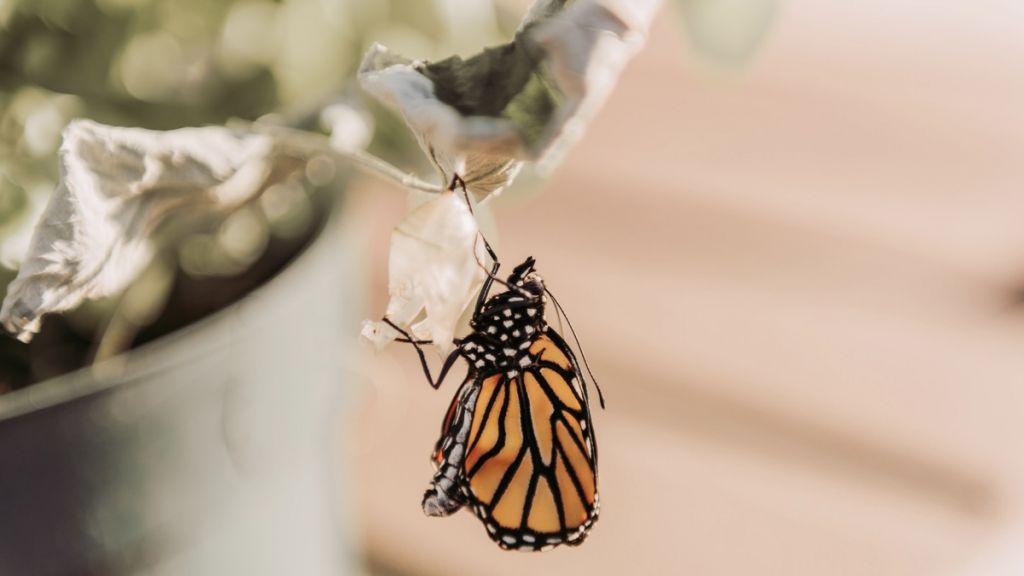
As scientists have explored our universe, they have become more and more aware of how unique and well-designed our world is. They see more and more what exact and special conditions are needed if life is going to survive. The earth itself appears to be carefully designed for life.
Living organisms must have exactly the right combination of environmental conditions. This includes a suitable source of energy (such as sunlight), raw materials for constructing cells and tissues (nutrients), a suitable medium in which the chemistry of life can occur (water), and a suitable temperature for the necessary chemical reactions. As far as we know, no other place in the universe has the right combination of these features to support living organisms (although some possibilities have recently been discovered — which should be very interesting!).
As we all know, sunlight provides the energy for living organisms. A few bacteria get their energy from chemical reactions deep in the sea, but these are the exception. Sunlight is such a common, ordinary feature of our daily lives that it’s easy to forget how special it is.
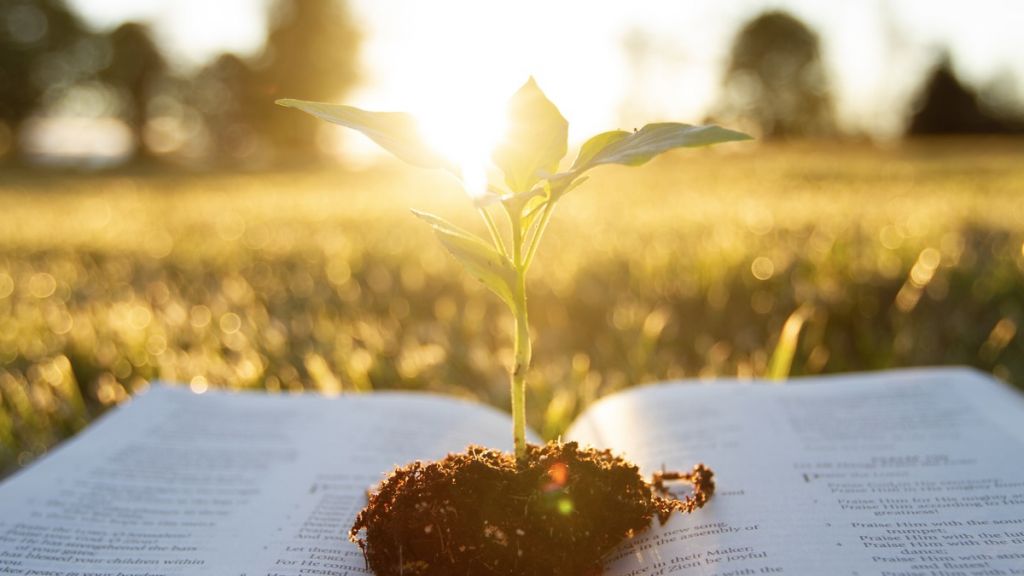
Light is a form of energy known as electromagnetic radiation. The strength of this kind of energy varies greatly. Some types, such as gamma rays, are so powerful they easily destroy life. Other types, such as radio waves, are so weak they could not provide the energy needed for life. Visible light, the light we can see, has a moderate amount of energy. It is strong enough to trigger some chemical reactions, but not strong enough to tear apart the molecules that make up the bodies of living organisms. The fact that our sun produces this kind of light is one of the most important reasons why life can survive here. Most stars in our universe don’t provide the right amount of energy to support life as we know it. Our world and our sun are special!
The sun not only produces light to provide the energy living things need, it also produces the right amount of heat for life on earth. The temperature of the earth is determined by the heat output from the sun, the distance from the sun to the earth, and the ability of the earth to hold on to the heat. If the earth was farther from the sun, it would be too cold. If closer to the sun, it would be too hot. Carbon dioxide and water vapor in our atmosphere help hold the heat from the sun and maintain a suitable temperature. If our atmosphere had too much of these gases, our world would be too hot. If our atmosphere did not have any of these gases, our world would be too cold. Our favourable temperature is also maintained by the speed the earth rotates on its axis, and by the way the continents and oceans are distributed across the surface of the earth.
The survival of life on our planet depends on the right interaction between the earth, its atmosphere, the output of the sun, and the distance between the earth and the sun. If one of these factors were to change dramatically, life on our world could easily become extinct.
Life also requires a source of raw materials and a way for them to react chemically. The earth provides these in the right combinations. Water is one of the most important raw materials for life, and our earth has a lot of water. Some of the other planets and moons in our solar system appear to have some water, but not stable bodies of liquid water like our earth has. Water is so crucial for life that scientists looking for life on other planets look first for water. If there is no water, there’s not much reason to look for life.
Water is important for life. It provides a medium in which chemical reactions can occur. It dissolves many substances and transports them in the environment, and also throughout the bodies of living organisms. Without water, many chemical reactions necessary for life could not happen.
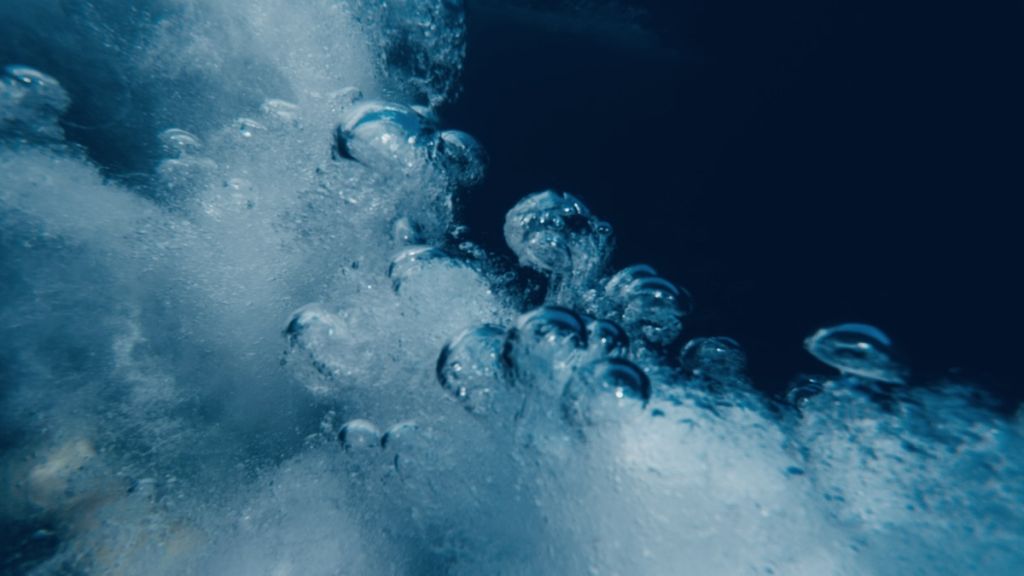
Water also moves heat throughout the environment, helping maintain a moderate temperature over the earth. Large bodies of water help moderate the climate, so that coastal areas usually have a milder climate than areas farther from the sea. Water also helps living organisms maintain a favourable temperature. It helps remove heat from our own bodies when it evaporates from our skin. If our world did not have so much water, it would have less life.
Water has many other properties that help life survive. The fact that ice floats enables fish to survive in lakes even when the surface freezes. If ice sank, the lake would eventually freeze up from bottom to top and kill most of the creatures in the lake. Water absorbs oxygen, needed by fish and other aquatic organisms. Water molecules tend to cling together, which is an important factor enabling water to move upward to the tops of tall trees. Liquid water flows easily, which permits it to move freely along the surface or through the soil, where it can be taken up by plants, or provide moisture for worms and other soil organisms. Our earth is the only place we know of where water is so common and readily available to support life.
Life requires numerous kinds of materials that our world supplies. Carbon is especially important because it can combine chemically in so many different ways. It turns out that carbon has some very special properties that could make it rare, but our world has enough carbon to support huge numbers of living organisms. Life also requires hydrogen, oxygen, phosophorus, nitrogen, sulfur, and small amounts of many other elements. Happily, these materials are available in our world. Many other materials are toxic to life, and, happily, these materials are rare in our world. The availability of needed materials and the rarity of toxic materials are necessary conditions for the survival of life, and one of the factors that makes our world special.
Conclusion
We live in a well-designed world, with exactly the right conditions for life. We are surrounded with living creatures with amazing abilities and interdependent relationships. These creatures exhibit an astounding diversity of shapes, colors, behaviors, and habitats. All these things suggest that there must have been a Creator who intended for the world to be an interesting and beautiful place.
Later, we will look at why we also see some ugliness in the world. But let’s not forget how amazing and beautiful it is. In the next chapter, we will consider the marvellous abilities of humans — abilities that surprisingly have nothing to do with survival.
The content of this post is taken from Beyond Imagination — There is more to life than we know, by John T. Baldwin, L. James Gibson and Jerry D. Thomas.


